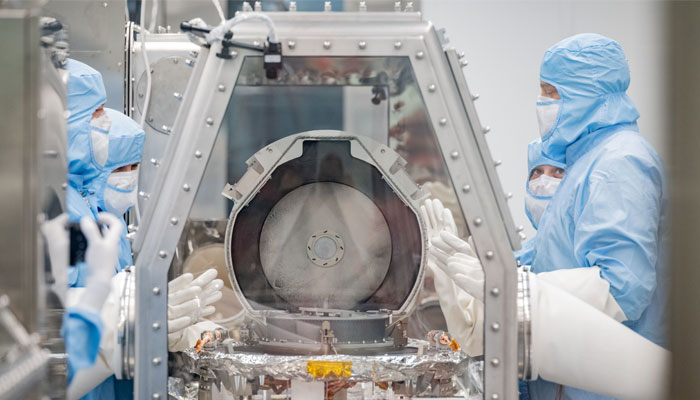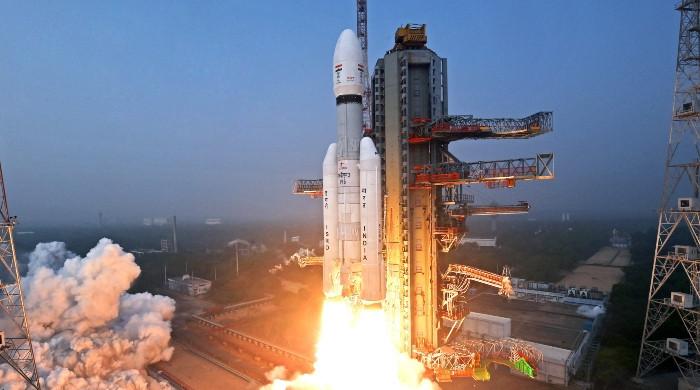Why is Nasa's OSIRIS-REx asteroid sample canister 'scientific treasure box' to scientists?
Scientists gasped as the lid was lifted from the #OSIRISREx asteroid sample return canister
October 05, 2023

As scientists took a closer look at the sample of the near-Earth asteroid Bennu that was recently collected by Nasa, they were greeted with a pleasant surprise.
Last week, scientists discovered a dark, fine-grained material on the inside of a canister containing a sample from the near-Earth asteroid Bennu which could provide key insights about the asteroid before the primary sample is analysed.
Nasa's 7-year OSIRIS-Rex mission returned to Earth on September 24, carrying the asteroid sample, topping a total trip distance of some 3.86 billion miles.
The canister, which according to Nasa is a "scientific treasure box," was taken to Nasa's Johnson Space Center in Houston, where a clean room was built for the analysis of the cosmic sample.
Asteroids, remnants of the solar system's formation, provide insights into the early days of planet formation. However, they also pose a threat to Earth, highlighting the importance of understanding their composition and orbits crucial for deflecting space rocks on collision courses, CNN reported.
In October 2020, OSIRIS-REx used its ouch-and-Go Sample Acquisition Mechanism (TAGSAM) head to collect a sample from Bennu's surface, which gathered so much material that particles drifted off into space before being stowed in a canister.
Scientists believed they could analyse the material quickly, but there was plenty before reaching the bulk of the sample, requiring more time to collect all the material.
“The very best ‘problem’ to have is that there is so much material, it’s taking longer than we expected to collect it,” said Christopher Snead, deputy OSIRIS-REx curation lead, in a statement.
“There’s a lot of abundant material outside the TAGSAM head that’s interesting in its own right. It’s really spectacular to have all that material there.”
The asteroid sample will be revealed on October 11 in a live Nasa broadcast. The TAGSAM head will be carefully disassembled in a specialised glovebox to reveal initial findings from Bennu material.
“We have all the microanalytical techniques that we can throw at this to really, really tear it apart, almost down to the atomic scale,” said Lindsay Keller, OSIRIS-REx sample analysis team member, in a statement.
Additionally, the team plans to examine Bennu's collected material using scanning electron microscopes, X-rays, and infrared instruments to understand its chemical composition and detect hydrated minerals or organic particles.
The instruments will also reveal the abundance of specific minerals on the asteroid.
The initial analysis will help researchers have a better idea of what to expect from the bulk sample collected from Bennu.
Scientists believe asteroids like Bennu may have introduced essential elements like water to Earth early in our planet's formation, potentially answering questions about the origins of our solar system.









